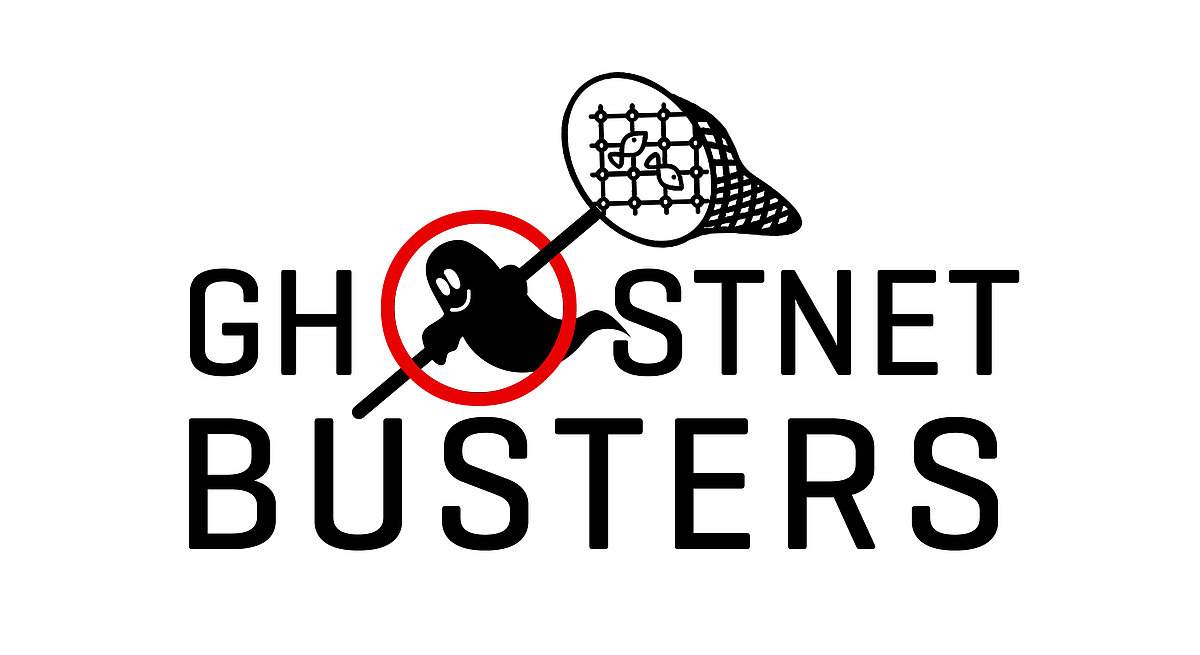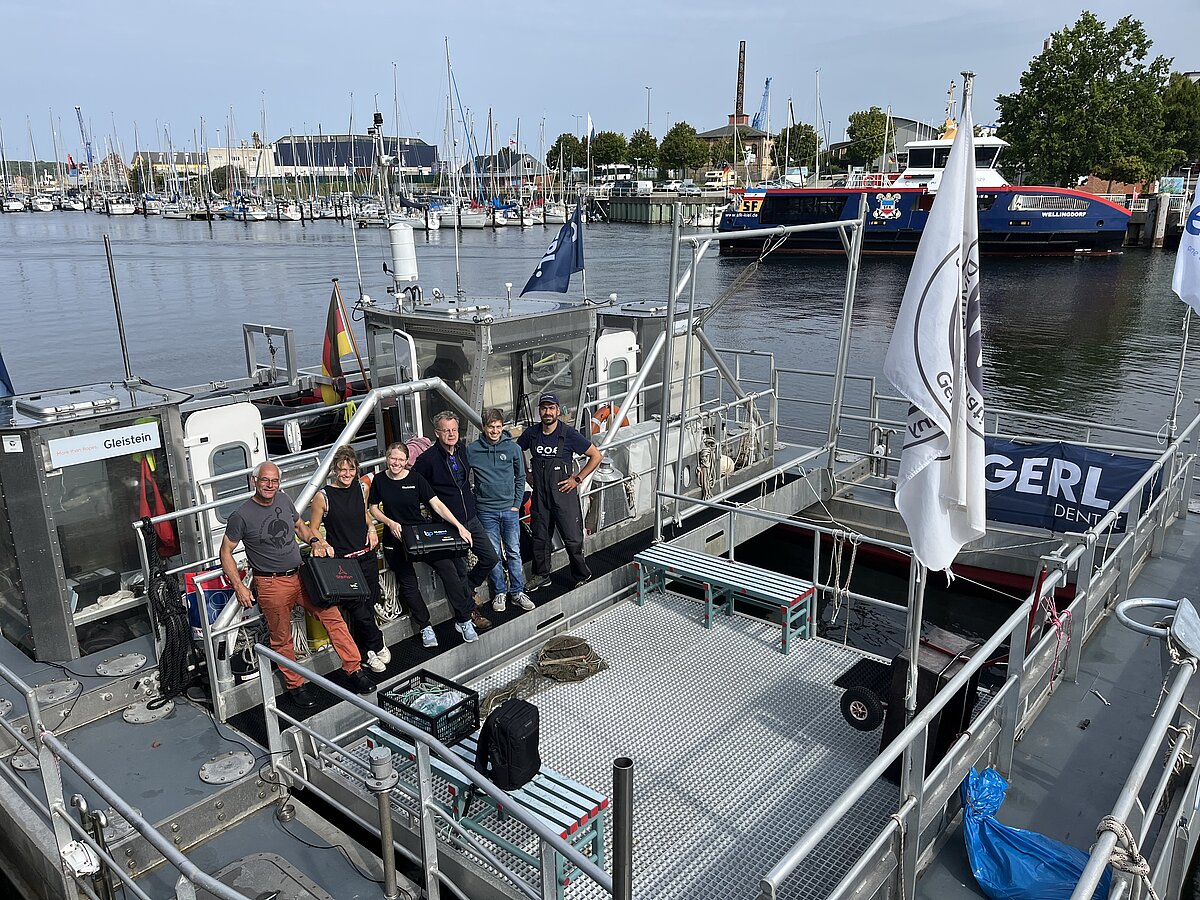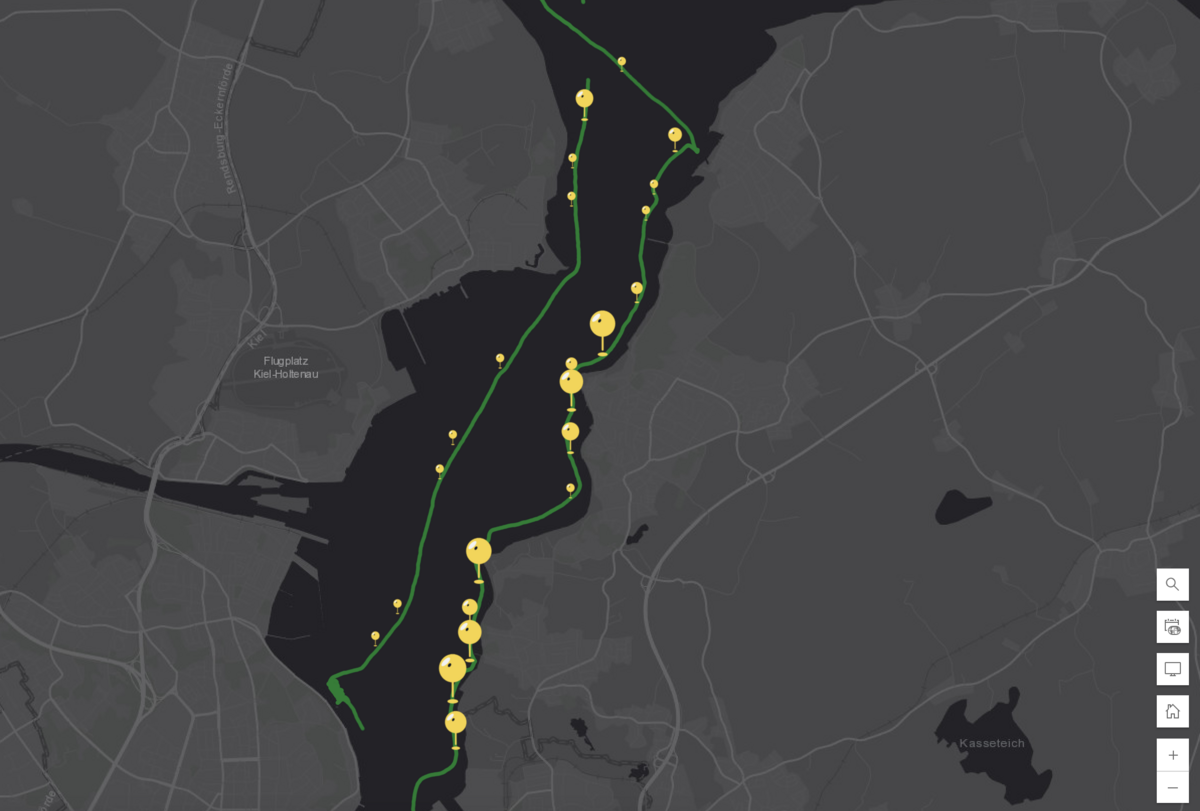Update - Sidescantools
In the meantime, we have developed an open source tool to process sidescan data. It is still in an early development stage but the basic functions for bottom detection, radiometric corrections, filtering & georeferencing are already working fair. Check out the tool at github.
Background
Various sources estimate that lost fishing gear is one of the major sources of plastic pollution in the world's oceans. Data from the World Wildlife Fund for Nature (WWF), for example, shows that ghost nets now account for 30% to 50% of the plastic waste in our oceans. The Food and Agriculture Organization of the United Nations (FAO) estimates that there are around 12,500 km of lost nets in the Baltic Sea alone. These so-called ghost nets are drifted by currents and continue to catch fish and other creatures until they sink to the seabed. In the Baltic Sea, ghost nets often get caught on underwater obstacles such as shipwrecks and become deadly traps for the creatures living there. They also contribute significantly to the production of microplastics.
Objective
GhostNetBusters will use sidescan sonar data to detect objects, such as lost nets, on the seabed. The identification of objects and especially nets on sonar images requires some experience, as they are usually difficult to distinguish from the seabed and other structures on it. In areas with complex geological or biological structures, it is therefore necessary to visually verify the location of suspected targets, for example by using underwater cameras or by diving. The use of machine learning algorithms based on side-scan sonar data aims to significantly increase the efficiency of ghost net recovery by reducing the need for time-consuming manual verification.
We're happy to announce 'SidescanTools', an open source software that has been developed during project runtime which can do processign of sidescan sonar data of the formats .xtf & .jsf. Finde the git-repo here.
Team
The GhostNetBusters project team consists of employees of the GEOMAR Helmholtz Center for Ocean Research Kiel and sonoware GmbH. Mia Schumacher leads the project, associated partners are One Earth - One Ocean e.V. (OEOO), who contribute their years of experience in the manual recovery of ghost nets from the Baltic Sea to the project. The project was launched in June 2024 and will be completed in January 2026. Ghostnetbusters expressly distances itself from any undemocratic and political positioning.






